Safe Work Australia has developed a fact sheet on the r
Safe Work Australia has updated the Guide to managing the risks of rooftop solar installation work with guidance for managing the w
Rooftop solar installation work involves serious work health and safety risks, including working at heights, falling objects, heat stress and working with electricity.
Our Guide to managing the risks of rooftop solar installation work assists duty holders, primarily PCBUs, to manage the risks to health and safety associated with rooftop solar installation work.
Exposure to solar ultraviolet radiation (UVR) is a risk for anyone who works outside. Solar UVR is not only a hazard when working in direct sunlight, it can also be reflected off certain materials, such as concrete, metal, snow and sand.
This infographic has information about working safely in bushfire smoke.
For more information go to the Working outside page
About this seminar
Heat is a hazard that can cause heat-related illness and increase the risk of work-related injury.
This infographic style poster describes three key steps to help you work safely when there is bushfire smoke in your area.
-
PREPARE: Preparing ahead of the bushfire event.
Managing the work health and safety (WHS) risks from air pollution (for example, bushfire smoke) at the workplace is a duty for all persons conducting a business or undertaking (PCBUs).
In some circumstances, you have a right to stop or refuse to carry out unsafe work. You have this right if you have reasonable concern of a serious risk to your health and safety. You must inform the PCBU as soon as you can that you have ceased work.
If you work outside, you may be at risk of exposure to extreme cold.
If you work outside, you’re at risk of exposure to air pollution. Events such as dust storms and bushfires may reduce outdoor air quality. Reduced air quality may pose health and safety risks.
If you work outside, you’re at risk of exposure to ultraviolet radiation from the sun, even when it’s cloudy.
If you work outside, you may experience potentially hazardous weather conditions, including:
-
storms
-
wind
-
rain
-
lightning
-
fog
Everyone in the workplace has WHS duties under the model WHS Act.  
See more information on managing the risks of heat in the workplace below.
Many people have jobs that require them to work outside. As a worker, you may be exposed to health and safety risks due to the hazards from working outside.
This page provides guidance on first aid for heat-related illness. It includes what to do in the case of dehydration, heat rash and cramps, and fainting. If you think a person may have heat exhaustion or heat stroke, call an ambulance immediately.
Working in heat can be hazardous and can cause harm to workers. As a person conducting a business or undertaking, you have a duty to keep workers and your workplace safe from the risks of working in heat.
Bushfire smoke can affect your health and safety at work.
This guide provides information on managing the risks of solar ultraviolet rad
This model Code of Practice provides guidance on how to provide and maintain a physical work environment that is without risks to health and safety.
It covers:
